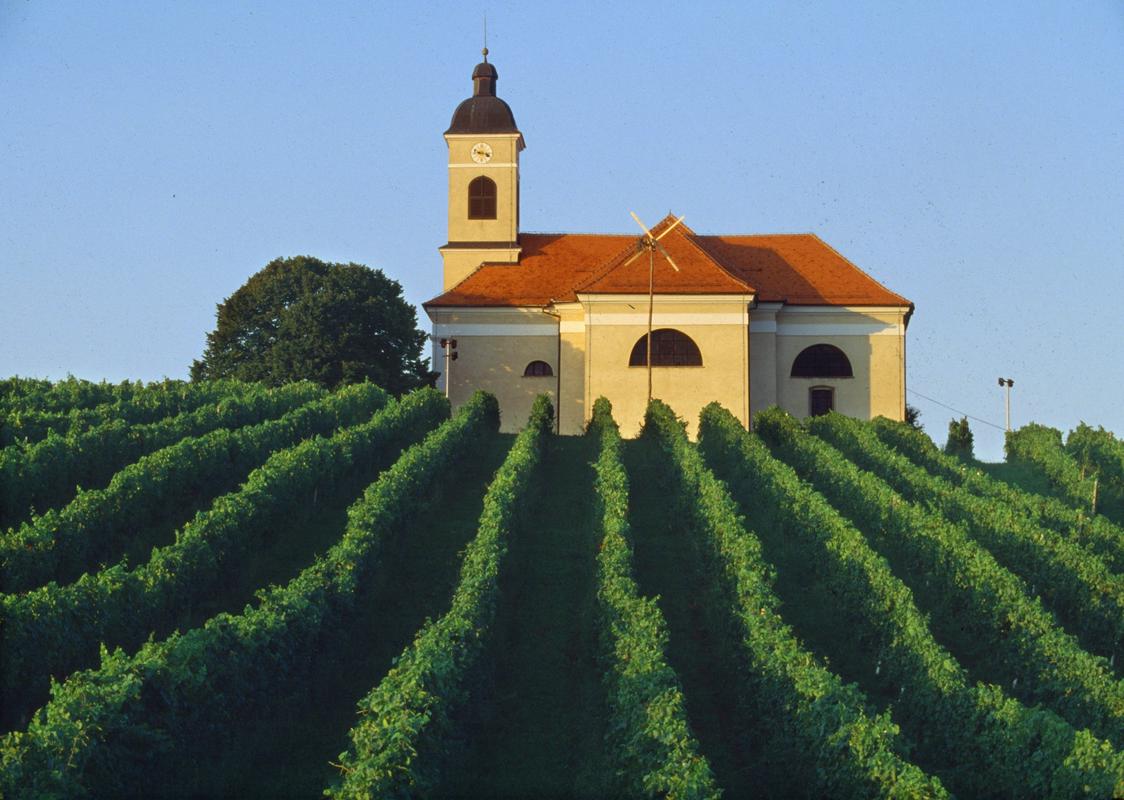
The first traces of human habitation in the area date back to the Neolithic, but the modern settlement of what is now Gornja Radgona began in the 12th century. A town slowly emerged below the Ratigoj Castle and it was soon joined by Radgona across the Mura River; the latter settlement eventually became the bigger of the two towns.
The elevated position of Gornja Radgona, and particularly its castle, enabled the town to play an important defensive role in the region. And the two towns needed all the protection they could get, as attacks from both Hungarians and the Ottoman Turks were common in the late middle Ages and were then followed by peasant revolts. In the 15th century, the town was even briefly held by troops belonging to Matthias Corvinus, a Hungarian king who was very popular among ordinary people and who would eventually inspire Slovenian folktales of King Matjaž.
Over the centuries, periods of political turmoil alternated with times of peace. The town slowly grew and it became known as an important winemaking center; it was particularly prized for its sparkling wines, which were produced using the traditional methods from the French region of Champagne. The town still boats one of the oldest vines in Slovenia.
But political tensions were never far away, and the 20th century turned out to be particularly difficult for Gornja Radgona. After World War I, the victorious allies drew a border that ended up dividing the twin towns; Radgona became the Austrian town of Bad Radkersburg, while Gornja Radgona joined the new South Slavic state. In almost perfect symbolism, the bridge connecting the two towns collapsed a few years later because of a buildup of ice.
Ethnic tensions continued in the once binational community, and after World War II, ethnic Germans were expelled from Gornja Radgona. In 1991, during Slovenia’s Ten-Day War, the Yugoslav Army shelled parts of the strategically important town. But the newly united Europe of the 21st century has brought stability and prosperity to both sides of the border. A bridge now once again connects Gornja Radgona and Bad Radkersburg, and there is increasing cooperation between the two towns that have long endured the turmoil of Central European history.

































































